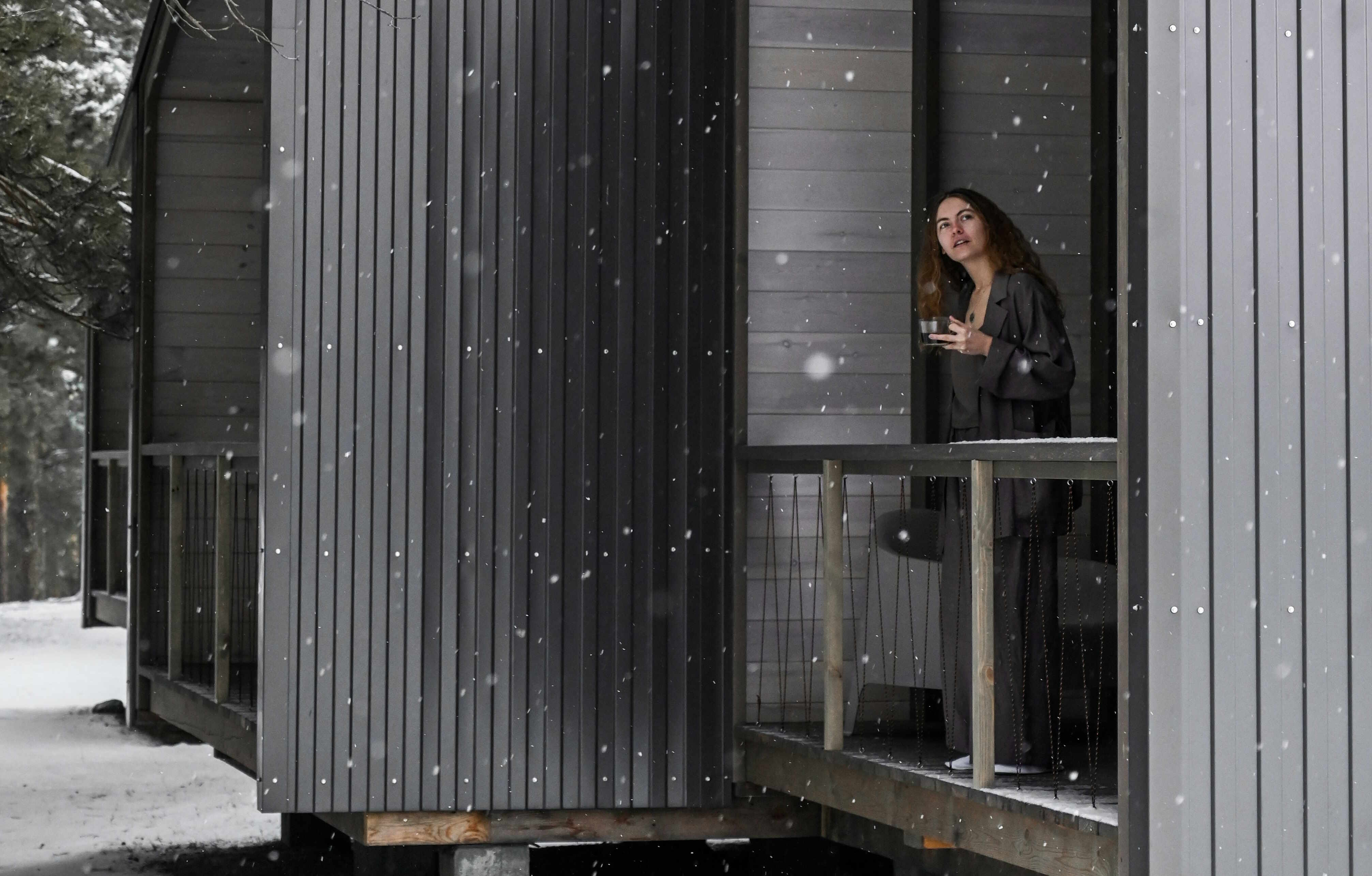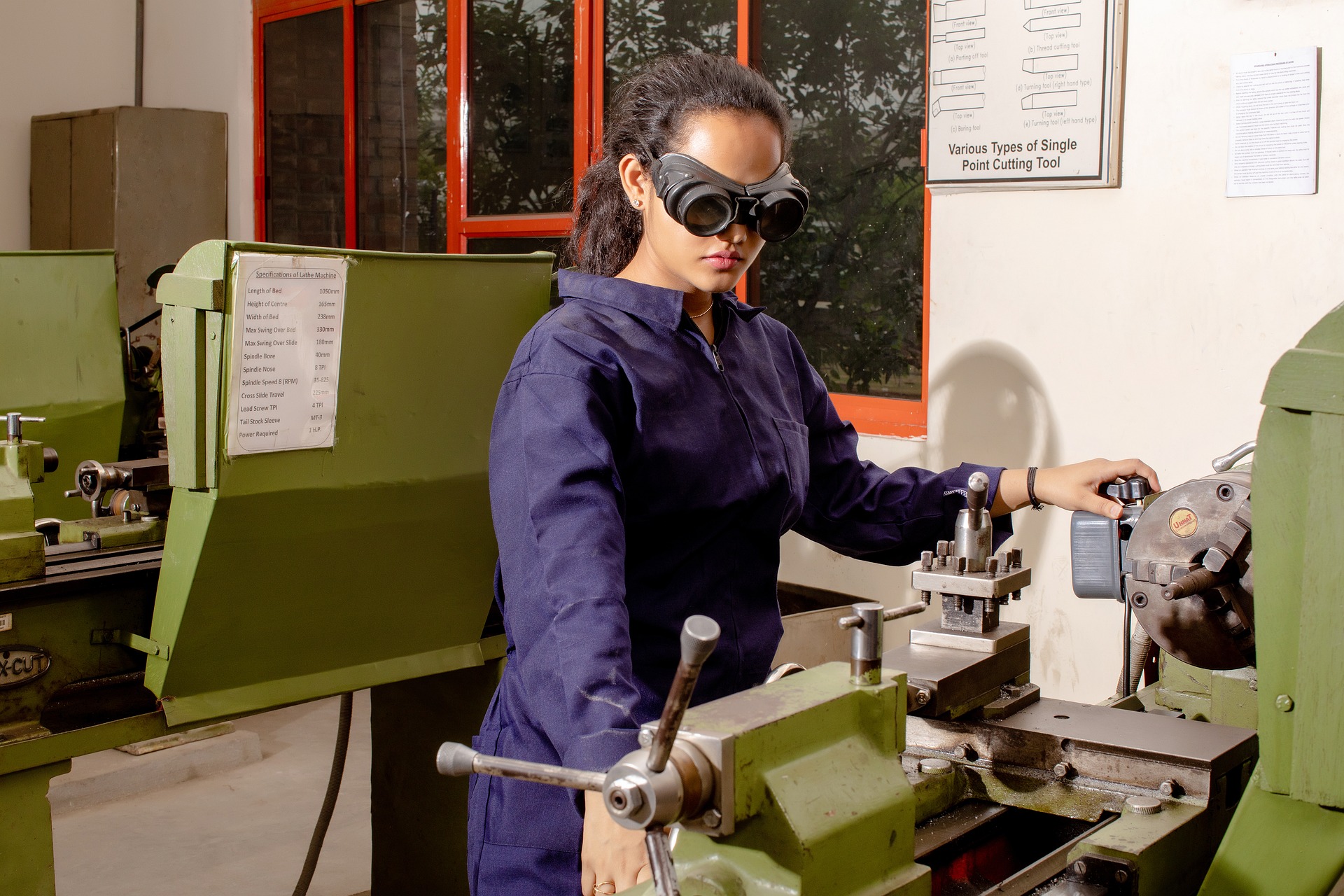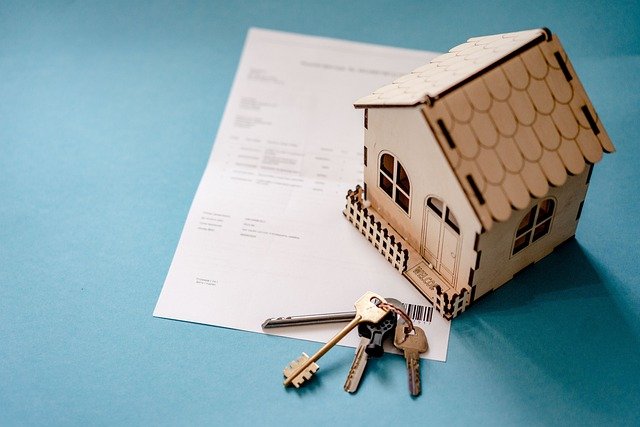Reimagining Spaces: The Rising Popularity of Transformative Interior Design
Introduction: In an era where adaptability is key, the home design industry is witnessing a shift towards transformative interior design. This approach, driven by a blend of necessity and creativity, is all about making spaces work harder to meet our changing needs.

Transformative Design: A Historical Perspective
The concept of transformative design isn’t new. It can be traced back to the 1950s when multifunctional furniture like sofa beds emerged in response to the post-war housing crunch. Recently, it has gained renewed prominence as homeowners confront the challenge of maximizing increasingly limited living spaces.
Current Trend: The Move Towards Multifunctionality
Today, transformative design is making waves in the interior design industry, spurred by the rise in remote working and the need for home offices. The trend is seeing people reimagine their spaces, with living rooms doubling as workout areas and bedrooms becoming makeshift offices. Interior designers are increasingly focusing on creating flexible layouts and investing in convertible furniture to enable this dual functionality.
Practicality and Market Trends
Transformative design isn’t just a passing fad—it’s a practical solution to modern living challenges. The global market for multifunctional furniture, a key component of this design approach, is expected to reach $20.01 billion by 2025, signaling its growing appeal. By offering the flexibility to adapt to different activities and needs, transformative design enhances daily living and optimizes space utilization.
The Impact on Everyday Life
The beauty of transformative design lies in its ability to tailor spaces to individual lifestyle needs. By emphasizing flexibility, it allows homeowners to efficiently use their space without compromising on comfort or style. From wall beds that fold away to create home offices, to movable walls that redefine open-plan layouts, transformative design elements can dramatically improve the functionality of a home.
Aesthetic Appeal and Styling Techniques
While practicality is key, transformative design also offers immense aesthetic potential. The focus is on seamless transitions, with multifunctional elements blending into the overall design scheme. Modern styling techniques involve using color, texture, and lighting to enhance the fluidity between different functions and create a cohesive look.
In conclusion, transformative design is a testament to the evolving concept of home. It reflects the modern-day realities of multifaceted lifestyles, limited spaces, and the desire for personalization. As we continue to adapt to new ways of living, transformative design offers an innovative pathway to create spaces that are not just beautiful, but also versatile and practical.





